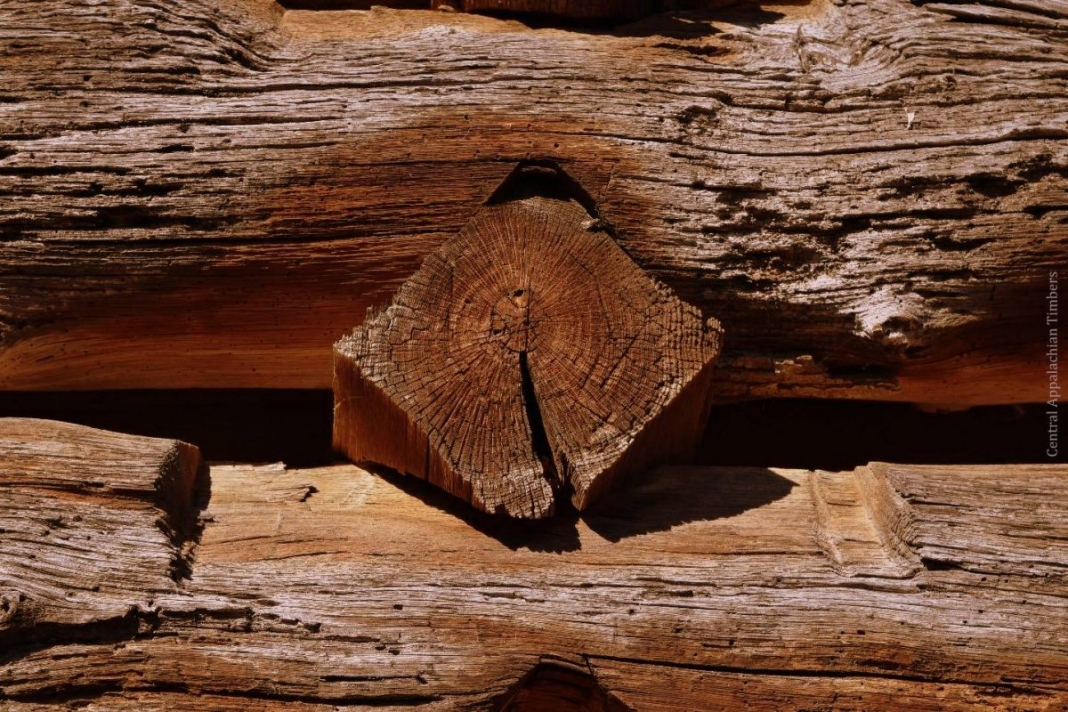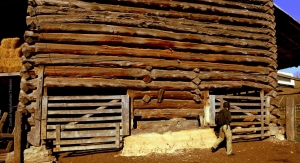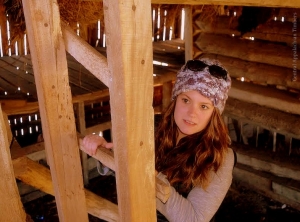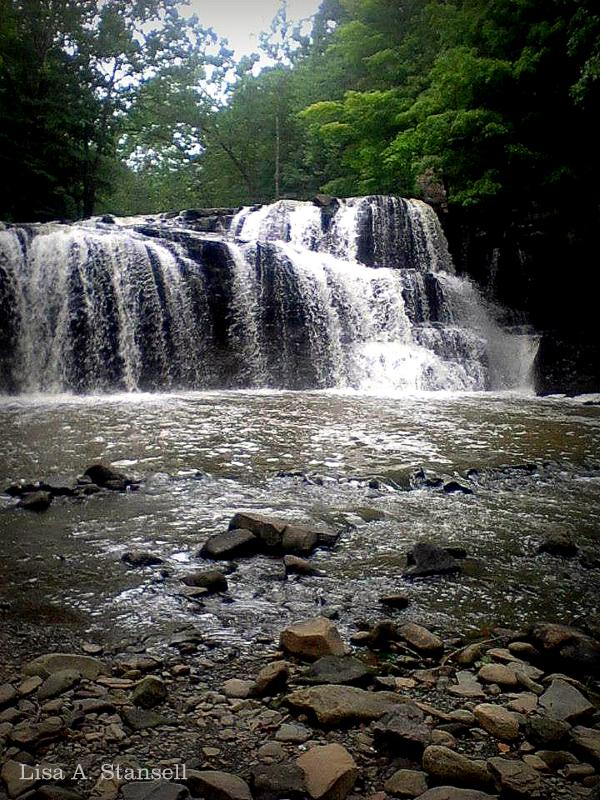A pioneering team of scholars who are dating old log structures in West Virginia has discovered rare, previously undocumented examples of log construction and a mysterious lack of early cabins.
Dr. Kristen de Graauw, of the Historic Timbers Project, says she and research partner Shawn Cockrell have notably found two extraordinary diamond-notched structures, of which, based on historical literature, only about 20 examples have been documented in the eastern U.S.
Beautiful as well as practical, the rare notching method may be a tradition of northern European origin—a question consequent researchers may answer, she says, noting that few scholars have focused on West Virginia's log-building traditions.
The duo has also discovered a surprising lack of structures built before the 1780s, though settlement occurred as early as the 1740s in the eastern state, including Greenbrier, Pendleton, and Pocahontas counties, where de Graauw and Cockrell have been working.
What happened to those early cabins we don't know. They may have been burned, weathered naturally, or their logs may have been used to build later cabins, but so far we've not found any older logs being reused," she says. "They may still be hiding out there somewhere."
"We're continually finding so much more than we set out to find, and I'm particularly happy that we're helping cabin owners make new discoveries along the way," said de Graauw. The discoveries are the most striking of many de Graauw and Cockrell have made in their survey of 30-or-more structures in the eastern counties, though many more are expected as they move westward.
Though the team is helping owners date the ages of their log structures, de Graauw initially launched the study as a means of discovering the pre-settlement history of central Appalachian forests.
By examining tree rings in core samples taken from timbers, de Graauw and Cockrell have been able to gauge the age of log structures, to the benefit of owners, though de Graauw's other goal is to learn more of the forests, of which the timbers provide one of the only records.
Scientists can gauge the age of logs by counting rings and can gauge when the tree began growing by comparing the pattern of rings with patterns in other logs sampled. Logs sampled will feature similar ring patterns as a result of events such as droughts or cold snaps.
"The 1774 ring is one of my favorites. Under a microscope, the cells of the ring all look as if they exploded, and there was probably a really bad frost event that year which affected trees throughout central Appalachia," she said.
In addition to learning to appreciate the practical aspects of construction, de Graauw says she appreciates even more the sheer beauty of the materials and craftsmanship.
de Graauw said the Historic Timbers Project will continue to date log structures across the state and members hope to find examples of old cabins in the Ohio Valley along which many early European settlements were established."It's very aesthetically pleasing," she says of the diamond-notched buildings they've documented. "I think the first thing you notice is that it's beautiful, and it's not just serving some purpose: it says something culturally about the builders and the community."
The Historic Timbers Project may also be followed on Facebook at Historic Timbers.
De Graauw now regularly tours the state, helping owners date their properties while discovering more about their histories. Do you own or know of a log cabin in West Virginia that needs dated or that features rare or outstanding work? Please feel free to let the team know.
Civil War-era mystery of Burning Springs remains unsolved
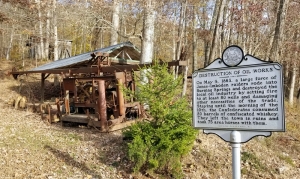
Curious motorists traveling the valley of the Little Kanawha southwest of Parkersburg may or may not stop at Burning Springs. Here a defunct country museum filled with oil-drilling paraphernalia is at least likely to cause curious travelers to slow down. Read the full story here.
Sign up to receive a FREE copy of West Virginia Explorer Magazine in your email twice weekly. Sign me up!
